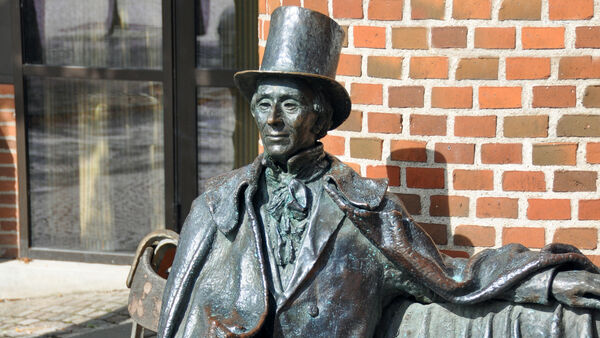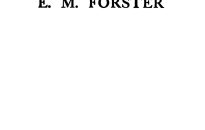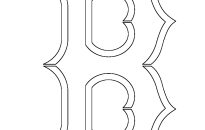Several years ago, Ron Roettger aimed an arrow at a black bear, and the creature had no idea what struck it. This was due to Roettger being downwind from his oblivious target when he pulled back his longbow and shot a handcrafted arrow. The distance from the archer to the bear was just 3 yards. […]


Several years ago, Ron Roettger aimed an arrow at a black bear, and the creature had no idea what struck it. This was due to Roettger being downwind from his oblivious target when he pulled back his longbow and shot a handcrafted arrow.
The distance from the archer to the bear was just 3 yards.
At 64 years old, Roettger hails from Star Prairie, Wis., roughly an hour’s drive northeast of the Twin Cities. He has been practicing traditional archery since he turned 12, when his father took him to a J.C. Penney store and purchased a Ben Pearson Colt for $20, which had a draw weight of 45 pounds.
“I had a small fiberglass bow as a child that I used in our backyard,’’ Roettger recalled. “My interest in archery has always been strong.”
It turns out that his fascination lies not just with any type of archery, but specifically with what is known as traditional-style archery, which typically involves bows and arrows similar to those utilized by Native Americans, as well as Indigenous peoples throughout the millennia.
Recurves and longbows— the two primary types categorized as “traditional” bows—have fallen out of common practice since the 1960s in favor of the more prevalent compound bows.
Compound bows not only allow less experienced archers to shoot with greater accuracy at longer ranges, but their pulley systems permit hunters to maintain full draw for extended periods while awaiting clear shots at their targets.
In contrast, traditional bows are shot “instinctively,” which means the bowstrings are drawn and released nearly in a single fluid motion. Furthermore, unlike compound bows, traditional bows do not incorporate sights.














